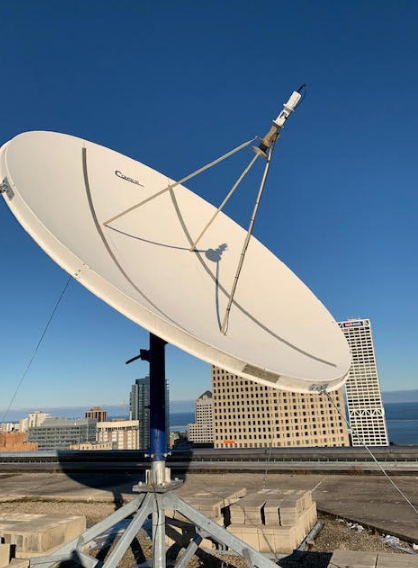A waveguide components and applications is a structure used to guide electromagnetic waves in a directional manner. The waveguide element is a basic functional component of a microwave circuit made of a hollow metal waveguide or cavity. It can control the transmitted microwave signal. It can control the transmitted microwave signal. or power, to complete various functions such as wave type transformation, impedance adjustment, frequency separation or power distribution. Waveguide components can form various waveguide networks or be connected into various microwave circuits. Their functions are very similar to resistors, inductors, capacitors and resonant circuits at low frequencies, but most of them are distributed parameter components. Usually, waveguides only transmit microwave signals or power and complete various functions such as wave type change, impedance adjustment, frequency separation or power distribution.
Features
At the operating frequency of waveguide components, the voltage and current at low frequencies have not only lost their original meaning, but also cannot be measured directly. Therefore, they cannot be used as the basic output of waveguide components such as impedance, admittance, gain, attenuation, and quality. Factors, etc., can generally be derived from the measured basic yield.
Classification
Waveguide components are divided into passive and active. Passive waveguide components do not contain components such as electron tubes and semiconductor tubes. Active devices refer to devices that have functions such as amplification, modulation, detection, frequency conversion and generation of microwave, millimeter wave and sub-millimeter wave oscillations and must be powered. There are many types of active and passive waveguide components, which can be classified from different angles. Comprehensive classification of a certain component from different angles. By combining the classification of a certain component from different angles, we can have a more comprehensive understanding of the basic characteristics of the component.
According to the working band of components, they can be divided into microwave components, millimeter wave components and submillimeter wave components.
According to the power that components and devices can withstand or generate, they can be divided into high-power components, medium- and low-power components.
According to the geometric structure characteristics of components and devices, according to their number of branches or ports, they can be divided into 1 single-port components, such as matched loads, short-circuit pistons, diode oscillators, etc.; 2-two-port components, such as attenuators, Multi-port components such as phase shifters, amplifiers, frequency multipliers and detectors, three-port components such as E-T branches, H-T branches, Y circulators and mixers, four-port components such as magic T and directional couplers, and Components with more ports.
According to the use of components, passive components can be divided into connection and matching components, frequency selection and power separation components, power distribution components, and measurement components. Active devices can be divided into oscillators, amplifiers, frequency conversion detectors, modems, etc.
According to the transmission characteristics of components, they can be divided into unidirectional waveguide devices, bidirectional waveguide devices, etc.
According to the properties of components, they can be divided into linear reciprocal components, linear non-reciprocal components and non-linear components.
Active devices are further divided into electric vacuum devices, semiconductor devices or quantum devices, etc.
Application
Waveguide components are used in radar, etc.
Precautions for use
It is strictly prohibited to use external force to squeeze or collide with the soft waveguide during use.
Pay attention to sealing at both ends of the waveguide to prevent moist air, rain, snow, etc. from invading the soft waveguide and causing oxidation.
For elliptical soft waveguides, it is best to have a special inflator to continuously inflate the soft waveguide to keep the inner cavity of the waveguide dry;
It is strictly prohibited to use open flames around flexible waveguides;
Pay attention to the service life of the waveguide. If you find that the outer sheath of the waveguide is aging, replace the waveguide in time;






